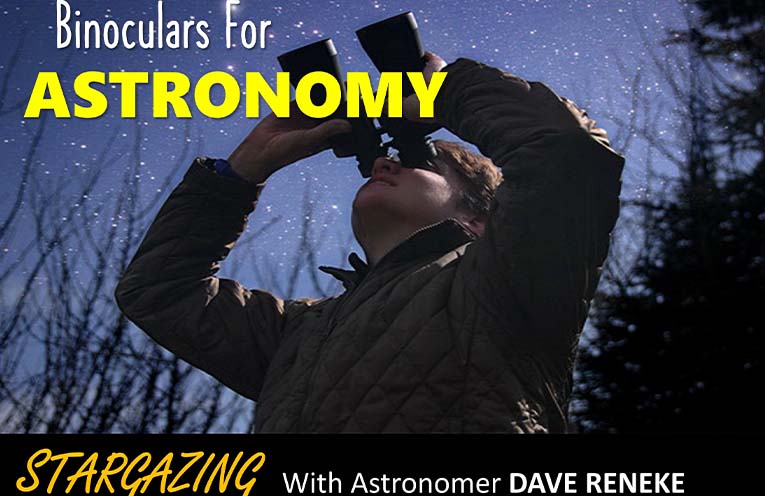
THE night sky can fire up the imagination of children in a way few other subjects can.
Kids of all ages find it hard to resist the temptation to explore these jewels that glitter overhead in our beautiful NSW skies this time of year.
Few hobbies provide as much universal appeal as stargazing.
It’s an activity that parents and children can enjoy together and it doesn’t require much to start.
All you really need is a decent pair of binoculars, and they don’t have to be brand new.
The ones in the closet right now will do!
What?
It’s true, many parents are surprised to hear that, like telescopes, binoculars can be used effectively to find and study many deep space wonders like star clusters, comets and even distant galaxies.
For newcomers and children, binoculars offer a world of advantages over telescopes.
They are light as a feather, easy to carry, and straightforward to use.
Their affordability means they’re within reach for families eager to dip their toes into the cosmos without a hefty price tag.
Plus, their wide field of view makes it a breeze to spot celestial treasures.
Perhaps the most important benefit of binoculars for most families is the price.
Binoculars are much less expensive than telescopes, you can sky watch with your children without breaking the bank. In effect, you have two small telescopes right in your hand!
For family whale watching or sporting events, your binoculars win out.
Trying doing that with a telescope.
Consider the differences between 7×50 and 10×50 binoculars.
The numbers “7x” and “10x” indicate magnification levels, with 10x offering a closer look than 7x.
The 10×50 binoculars deliver fine details, perfect for those who wish to delve deeper into the mysteries of the night.
Beginners often favour the smaller 7×50 for its simplicity, while the seasoned skywatchers might prefer the 10×50 for its enhanced detail.
With binoculars in your grasp, the night beckons.
Start your journey by getting to know the major constellations, stars and planets visible from your location, using smartphone apps.
Begin with the Moon, then bring the planets of our solar system into stunning view – spot Jupiter’s moons, admire Saturn’s rings, and track the phases of Venus.
Introducing children to astronomy early on can ignite a lifelong passion for science and exploration.
Binoculars offer a straightforward yet powerful way to spark curiosity and wonder about the universe.
Encourage kids to ask questions, explore at their own pace, and share their celestial discoveries with family and friends.
For an enriching experience, consider joining a local astronomy group.
You’ll connect with fellow enthusiasts and deepen your knowledge.
Remember, the magic of the cosmos lies not just in what you see through your binoculars, but in the awe and wonder that fills your heart as you gaze up at the night sky.
Binoculars are your gateway to the universe, whether you’re a seasoned stargazer or a budding explorer.
I’ve got 12 telescopes but still keep my binoculars.
True!
With their simplicity, they’re affordable and the perfect tool for kicking off your astronomy experience, especially in kids.
So, grab your binoculars, step outside, and start putting into action what you’ve learned by reading all this. Happy stargazing!
See Dave’s website: www.davidreneke.com.
By Dave RENEKE
